Review: Zen Wu Tools
Adam Godet tests Zen Wu Tools chisels and plane blades.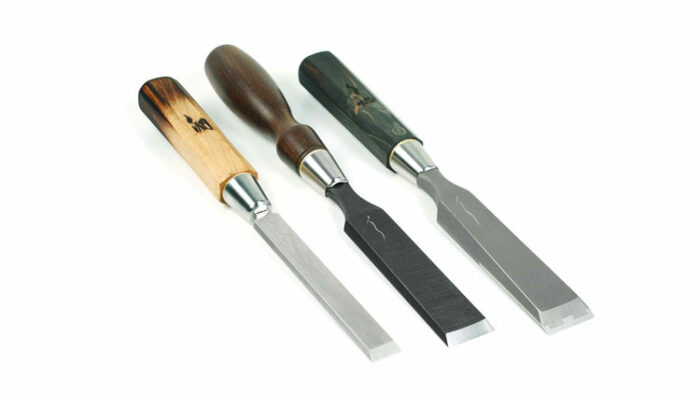
I recently tested a few chisels and plane blades from Zen-Wu Toolworks, a new company in China that uses a range of proprietary alloys—each designed for its task. I tested the X-1, Y-1, and Z-1 chisels, as well as a plane iron with a “Magnacut” edge. Everything arrived with dead-flat backs and sharp edges. The Z-1 chisel and Magnacut plane blade are a laminated combo of titanium and tool steel, designed to dampen vibration and decrease weight.
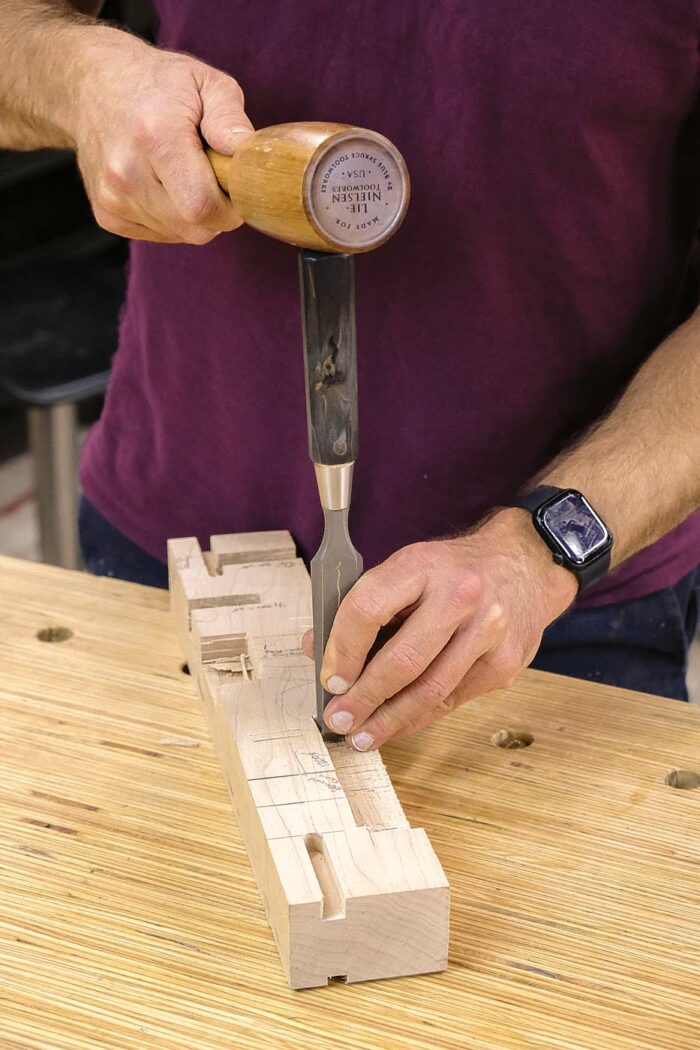
I compared the Zen-Wu plane blade to the stock A2 blade that came with my Lie-Nielsen No. 4-1/2 plane. The Zen-Wu blade made 600 clean strokes in curly maple before it began to feel dull, while the Lie-Nielsen blade began to dull in less than half the time—after 250 strokes.

Then I compared the performance of the Zen-Wu chisels to a Lee Valley/Veritas PMV-11 chisel, made from a very tough powdered-metal alloy. While the Veritas chisel managed an impressive 800 chops before it needed sharpening, all three Zen-Wu chisels outperformed it. The pricey X-1 chisel was the standout, able to deliver 1,200 chops before it needed sharpening. But the much more affordable Y-1 chisel managed 870 hits, and the Z-1 managed 900. That said, the Z-1’s steel felt springy under mallet blows, and one corner chipped. So I would go with the Y-1 for best value.
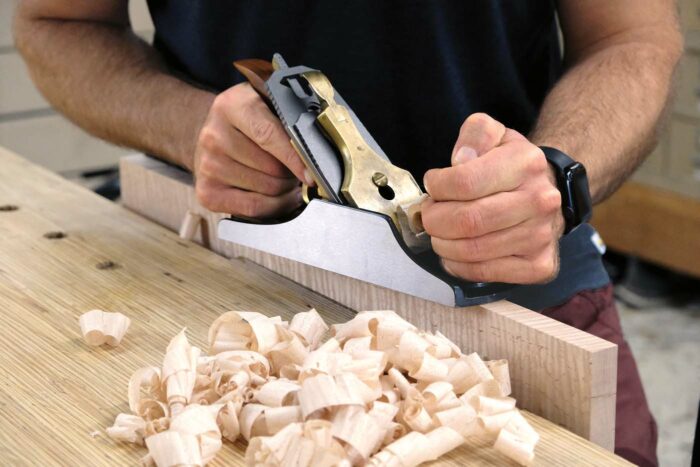
—Adam Godet is a pro woodworker in Washington, D.C.
Zen-Wu Z-1 Chisel, $79
Zen-Wu Y-1 Chisel, $69
Zen-Wu X-1 Chisel, $312
Zen-Wu Magnacut Plane Blade and Chipbreaker $164 (for No. 4-1/2 plane)

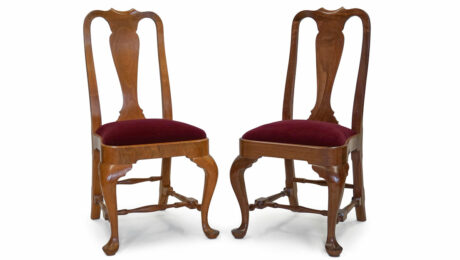
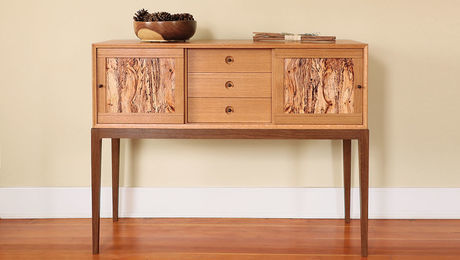

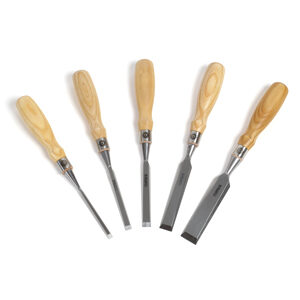
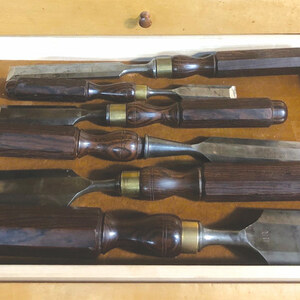
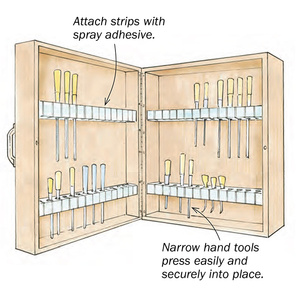












Comments
Something is out of whack on the plane iron results described here. I did a robust test of plane irons a few years ago and planed 40k feet of wood over some period of time, controlling for wood bias by rotating irons rather them letting them run from start to finish on regions of wood that might be unlike. I later bought a magnacut iron to test. The incremental improvement over LN's A2 is about 50% after grinding of the underhardened initial bevel In clean wood at same hardness, magnacut's edge life is a little less than V11.
CATRA test results (a machine that cuts cards until test blanks are dull) match my findings. there's also no comment here about sharpening. Magnacut at 62+ hardness presents vanadium to sharpening stones and will be slower to remove the same volume of steel vs. A2. Accounts of sharpening ease from one steel to the next are plentiful ("V11 sharpens as easily as O1") where they don't match wear ratios. They're also untrue or at least anomalous - what wears in wood will generally wear proportionally at the same rate on stones. If damage to edges differs much from catra, there's something that should be addressed before results are published.
Log in or create an account to post a comment.
Sign up Log in